The Ed's Up - A wound in the shape of your words
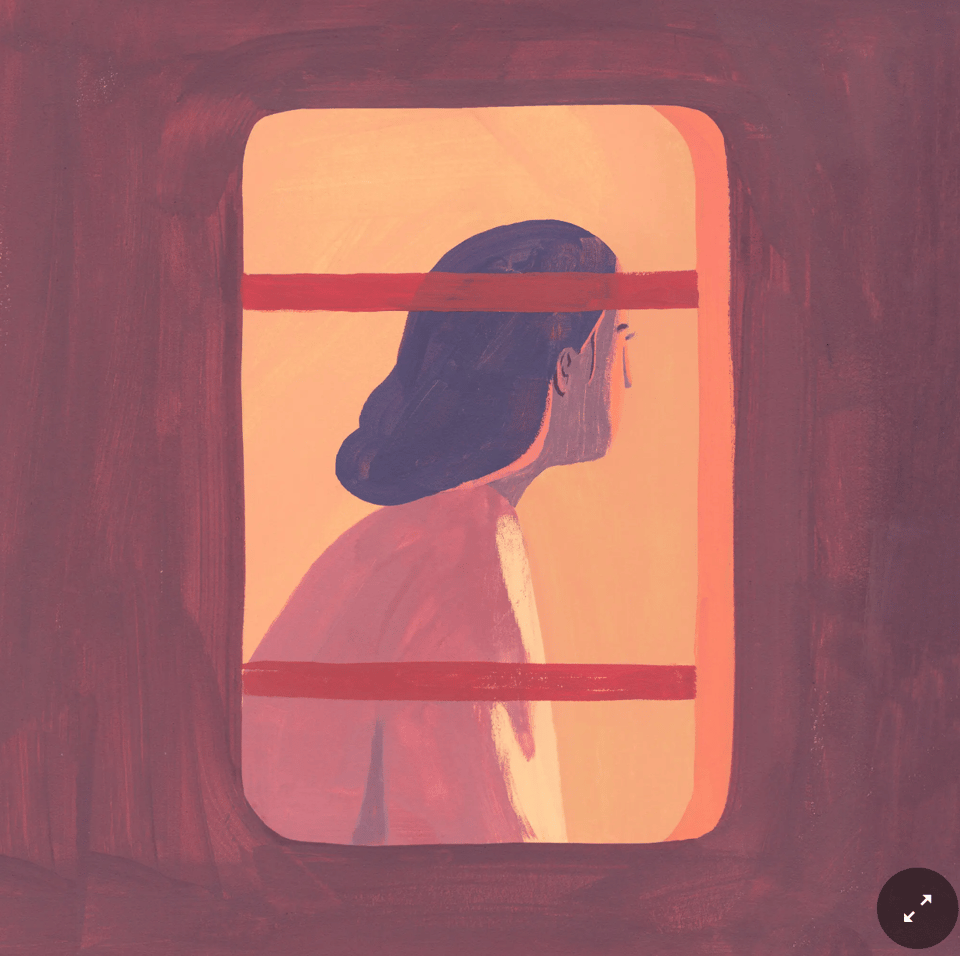
I have an op-ed in the New York Times about what reporting on long COVID and similar illnesses has meant to me—what it taught me, how I’ve approached it, and why I think it made me a better journalist. I’ve talked about some of the ideas within on Twitter threads and a handful of talks, but I wanted to lay it all out in a lasting way, and for the broad audience that reads the Times. As I note in the piece, “I have written about many topics throughout my career. None have affected me more than long Covid. None have more profoundly changed my view about what journalism can achieve and how it can do so.”
Beyond a mere reflection on my experience, I hope that this serves as a guide to reporting on patients with chronic energy-limiting illness, a call to do more such reporting, and a mission statement about why such work is necessary and what it can achieve. It’s really about journalism as a whole, and how my long Covid work made me re-evaluate some of what I had internalized about my industry’s values and practices. It forced me to do better. I hope this piece inspires others in the same way.
Here is a gift-link for folks who don’t have a subscription.
And a few snippets:
Dismissal and gaslighting — you’re just depressed; it’s in your head — are among the worst aspects of long Covid, and can be as crushing as the physical suffering. They’re hard to fight because the symptoms can be so beyond the realm of everyday experience as to seem unbelievable, and because those same symptoms can sap energy and occlude mental acuity. Journalism, then, can be a conduit for empathy, putting words to the indescribable and clarifying the unfathomable for people too sick to do it themselves.
In his poem Why Bother? Sean Thomas Dougherty wrote, “Because right now, there is someone/out there with/a wound in the exact shape/of your words.” Those words are ours to provide, those wounds ours to plaster. Contrary to the widespread notion that speaking truth to power means being antagonistic and cold, journalists can, instead, act as a care-taking profession — one that soothes and nurtures. And we are among the only professions that can do so at a scale commensurate with the scope of the crises before us. We can make people who feel invisible feel seen. We can make everyone else look.
Bird photography
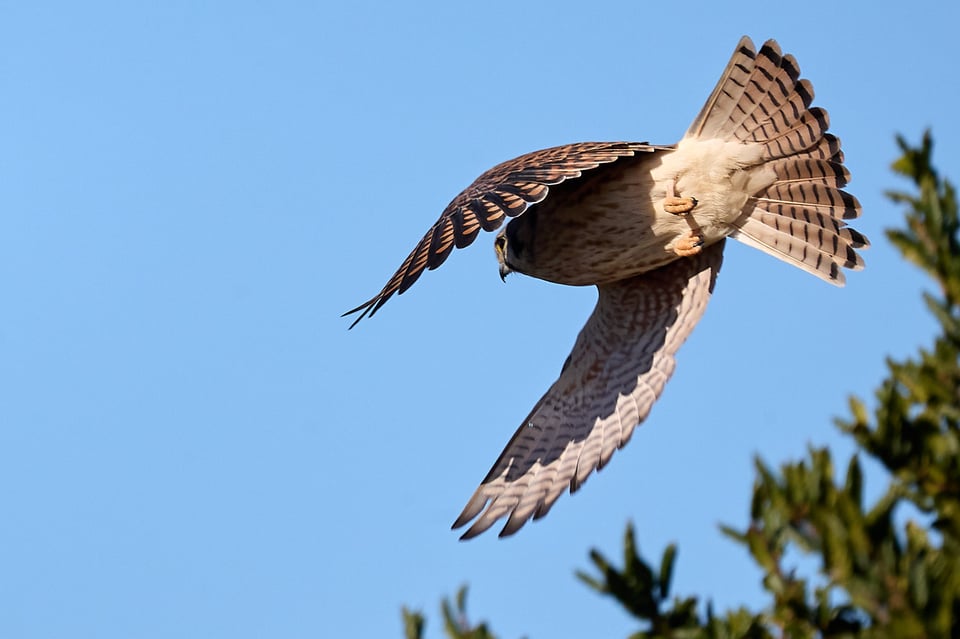
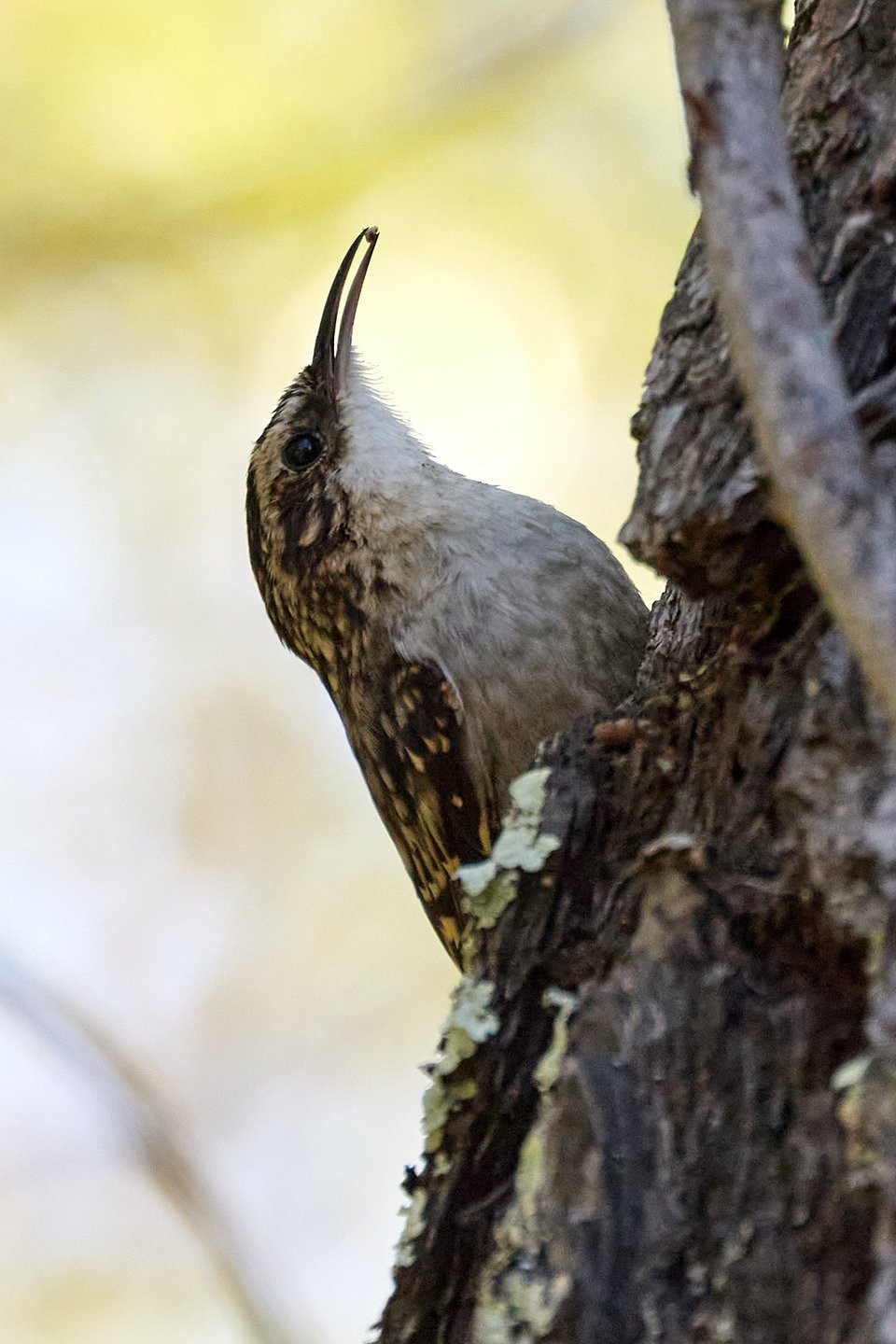
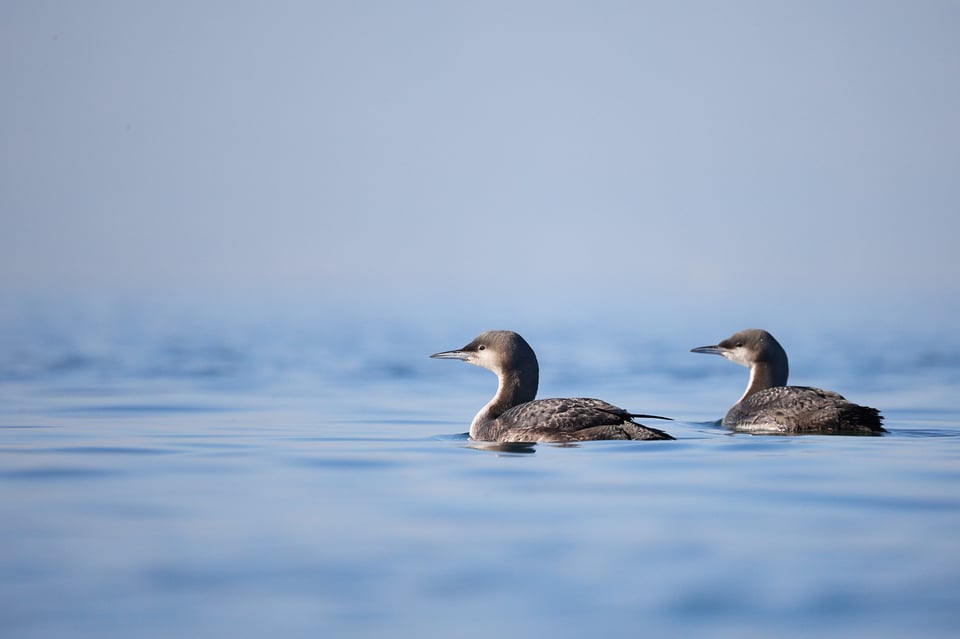
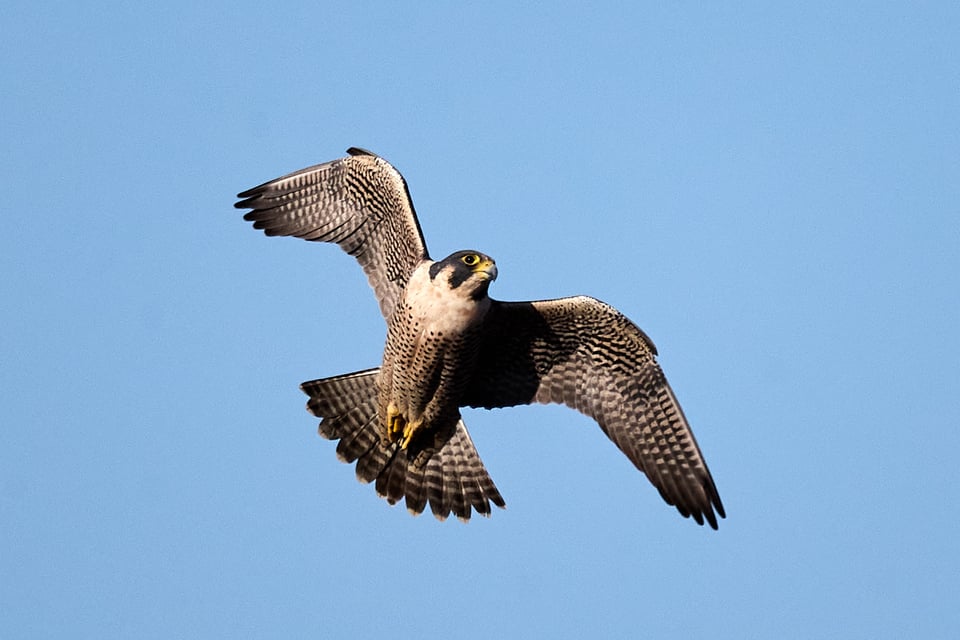

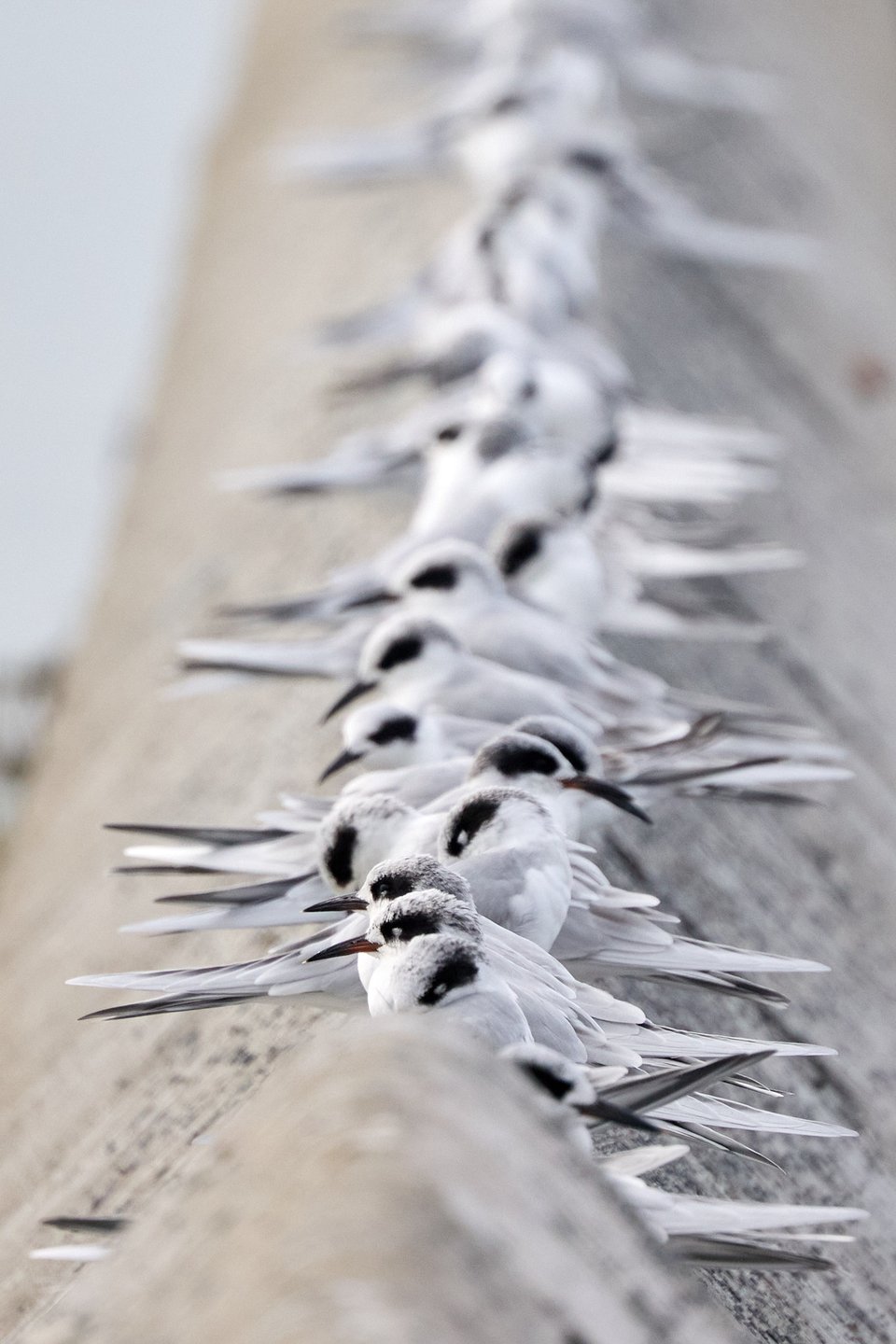


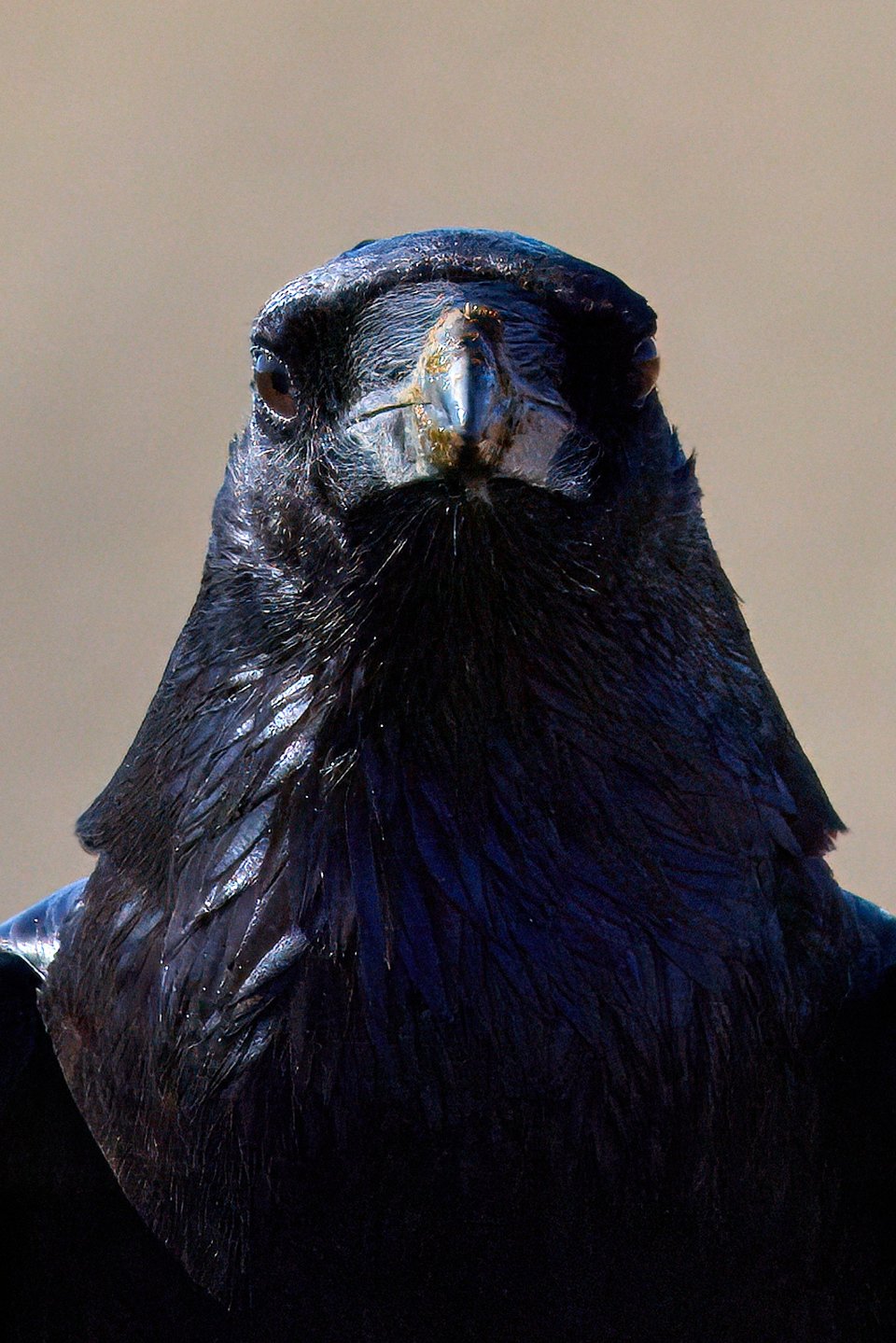

Gaza reading
After a brief pause, Israel continues its assault on Gaza, killing Palestinians at a rate that, even by a conservative reading of the numbers, have “few precedents this century.” As Lauren Leatherby reports in the NYT, “People are being killed in Gaza more quickly, they say, than in even the deadliest moments of U.S.-led attacks in Iraq, Syria and Afghanistan, which were themselves widely criticized by human rights groups.” Airstrikes and attacks “occur daily in the areas Israel has said are "safer" for civilians, and have hit schools, residential towers and overcrowded United Nations refugee shelters,” Ruth Sherlock, Daniel Wood, and Abu Bakr Bashir report at NPR.
So here, again, is a reminder that there is bipartisan support in the U.S. for a ceasefire, and that the 5 Calls app makes it trivially easy to call your representatives. Meanwhile, here’s more useful reading:
“Another reason for the large number of targets, and the extensive harm to civilian life in Gaza, is the widespread use of a system called “Habsora” (“The Gospel”), which is largely built on artificial intelligence and can “generate” targets almost automatically at a rate that far exceeds what was previously possible.” Yuval Abraham on what a former Israeli intelligence officer described as a “mass assassination factory.” This reporting has been substantiated by the Guardian.
“Yes, I have worked in conflict zones. And they’re always very nasty. But this is a particularly brutal thing because of the huge number of civilian casualties. And they can’t escape it. They can’t move… They haven’t stopped bombing. They’re still bombing... It’s well documented. We are seeing it all over the world in all the newspapers and television. So it’s like people know exactly what’s happening. And yet it doesn’t stop. I haven’t seen that before.” Ann Taylor, head of mission for Doctors Without Borders in Palestine, explains to Isaac Chotiner why this is different.
Last year, 2,985 children were killed in all the world’s major conflict zones combined, including Ukraine. More than 6,600 Palestinian children have been killed in the last two months. “Morgue director, Yassir Abu Amar, says he has to cut his burial shrouds into child-size fragments to handle the influx of corpses.”
“We are familiar with these scenes only because of the courage of the journalists among them. Every morning, I check their social media accounts to see who survived the night.” Over 60 journalists have been killed in the war. Issam Abdallah was one of them. Lama Al-Arian remembers him.
As part of the recent hostage deal, Israel released 150 Palestinian prisoners. Abdallah Fayyad explains why Israel had 150 prisoners to release, and why thousands more Palestinians, including hundreds of children, are still being held on murky legal grounds.
“Many Jews of colour interpret the language of Zionism through our experience with racism and colonialism, and we recognise the familiar supremacist logic that underpins it.” Chanda Prescod-Weinstein on growing up Black and Jewish.
“This anecdote is an opportunity to ask ourselves three questions: In the mainstream Western mind, who is considered mournable? Who is humanized? And who gets the mic?” Mohammed El-Kurd on Palestinians reclaiming the right to tell their own stories.
The evangelical Christian perspective on the war in Gaza is hard to believe if you haven’t heard about it already. Talia Lavin unpacks it.
More worthwhile writing
“A life without choosing is not a human life.” A wonderful essay by Lydia Polgreen about transitions—in gender, mainly, but elsewhere, too.
“Earth orbit is no longer the realm of innovation and discovery. It’s a resource up for grabs, and it is being grabbed with impunity.” Jaime Green on space junk.
“I don’t just want to talk about the problems anymore. I want to talk about the solutions. Consider this your last warning from me.” Climate scientist Kate Marvel on why she’s not screaming into the void anymore.
The NYT chose its ten top books of the year, and I’m thrilled to see Chain-Gang All-Stars by Nana Kwane Adjei-Brenyah on that list. It was certainly one of the best novels I read this year.
The only obituary of war criminal Henry Kissinger that you need to read, by Spencer Ackerman
It was Trans Day of Remembrance on November 20. Here are some relevant organizations and people whom I donate to:
Gender Reveal (podcast & microgrants)
Assigned Media (by Evan Urquhart)
Some brief book news
I’m delighted to say that An Immense World won the Royal Society Trivedi Science Book Prize, one of Britain’s most prestigious awards for science writing.
And if you missed the last newsletter, I announced what my third book--The Infinite Extent--is going to be about.
Books
These books are all coming out next year. I cannot stress enough how important pre-orders are for authors. Ordering in advance is one of the most helpful things you can do to ensure that a book does well.
The Last Fire Season, by Manjula Martin. Out Jan 16. A beautiful memoir about “what it really means to live in relationship with nature as the climate crisis unfolds.” As I said in my blurb, “Through her soulful and poignant prose, Manjula Martin finds meaning in a time of unravelling, and agency at a moment of helplessness. She shows us how to exist through our existential crises, and lights our path through the fire.”
Our Moon, by Rebecca Boyle. Out Jan 16. A fascinating book about the Moon—astronomical entity and cultural object. My blurb: "A riveting feat of science writing that recasts that most familiar of celestial objects into something eerily extraordinary, pivotal to our history, and awesome in the original sense of the word.”
The Light Eaters, by Zoe Schlanger. Out May 7. One of the most common questions I get about An Immense World is, “But what about plants?” This book is your answer. I wrote this in my blurb: “I'll never look at plants--or the natural world--in the same way again, after reading Zoë Schlanger's stunning book. Instead of trying to ram the square peg of botanical life into the round holes of human biology and metaphors, Schlanger instead considers plants on their own terms, as they actually are. The result is mesmerizing, world-expanding, and achingly beautiful.”
Future speaking events
I’ll be talking about An Immense World unless otherwise stated. Come say hi; please wear a mask
Feb 9/10 – Newport Beach Public Library Foundation: two talks at Newport Beach, California.
Feb 13 – Lenoir-Rhyne University at Hickory, NC.
Feb 15 – Transylvania University at Lexington, KY.
Feb 25 – Amherst Litfest at Amherst, MA
Mar 12 – OneBook Sarasota: two separate talks at North Port & Sarasota, FL.
Mar 21 – Teton County Library in Jackson, WY (sold out)
Apr 29 – Pittsburgh Arts and Lectures in Pittsburgh, PA (virtual ticket also available)
That's it for this week
As always, this newsletter is free, but you can choose to pay a monthly subscription (at whatever level you set) if you'd like to support my work.
Stay safe.